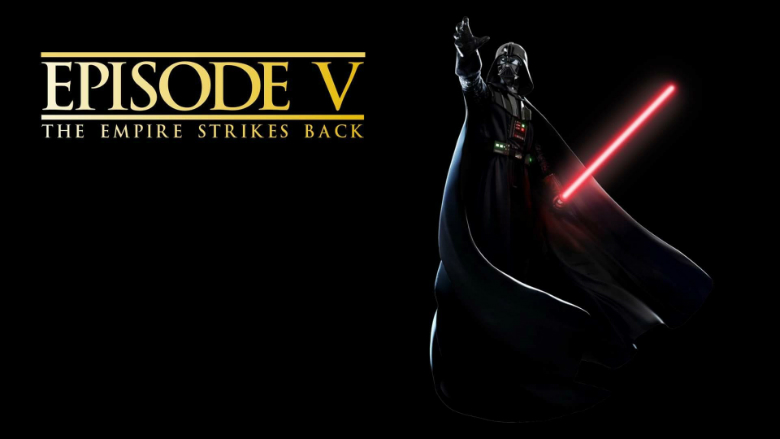Anti-Piracy Wars - The Empire Strikes Back

Expected next changes in the fight against piracy.
In the Law “On Information”, norms on combating “piracy” appeared in 2013, when the so-called “anti-piracy” law was passed. Owners of the rights to film and TV production were able to demand blocking of access to sites that violate their rights.
In 2014, the "anti-piracy" law was expanded. Rights to combat "piracy" were obtained by the owners of the rights to all types of content, except photos. At the same time, the concept of “life-long” blocking was introduced.
In 2017, a special simplified procedure for blocking mirrors of resources that were previously blocked for life was introduced. At the same time, search engines are obliged to remove links to life blocked sites.
The year 2018 has come and a new round of lawmaking has begun, aimed at combating “piracy”.
On July 10, 2018, the State Duma adopted in the first reading a draft law on blocking access to software applications through which “pirated” content was distributed. The document was developed by 27 deputies and amends the Law on Information, Information Technologies and Protection of Information.
The bill card can be found below:

The text of the document and all related materials are available at the following link:
sozd.parliament.gov.ru/bill/386109-7
The draft law amends the parts of the “anti-piracy” law. Now the law uses the term "information resources". It is proposed to supplement it with the term “software application”.Accordingly, according to the standard procedure, Roskomnadzor will determine the “owner of the computer program” (“owner of the software application”) and send him the requirement to remove the disputed content, otherwise access to the application will be blocked.
Identifying application owners and analyzing them in order to take measures to restrict access to them (blocking by IP address) is a more laborious task than similar actions on sites. The government has taken this into account and suggests additional funding from the budget for the implementation of these requirements. It is assumed that the identification of software applications should be carried out on the following grounds:
- name;
- software developer;
- an information resource page where the download of this application is available;
- a brief description of the features of the application.
In fact, the changes laid down in the bill are aimed at mobile applications through which “pirated” content is distributed. For example, recently the right holders complained about the "pirated" channels in the Telegram. Such channels created the torrent tracker Rutracker and the Flibusta library that were previously blocked for “piracy”. The proposed bill is precisely designed to deal with such applications. Of course, as we know, Telegram in Russia is already under blocking. People use Rutracker, read books from Flibusta. Whether additional funding will help and to whom is a big question.
Other Cloud4Y blog articles:
→ What is the true cost of IT infrastructure downtime for small and medium enterprises? (external link)
→How Edge Computing can transform IT infrastructure (external link)
→ What happens to cloud computing prices in recent years (Habr)
→ How to create samples for the Unified biometric system and why it can be dangerous (Habr)
